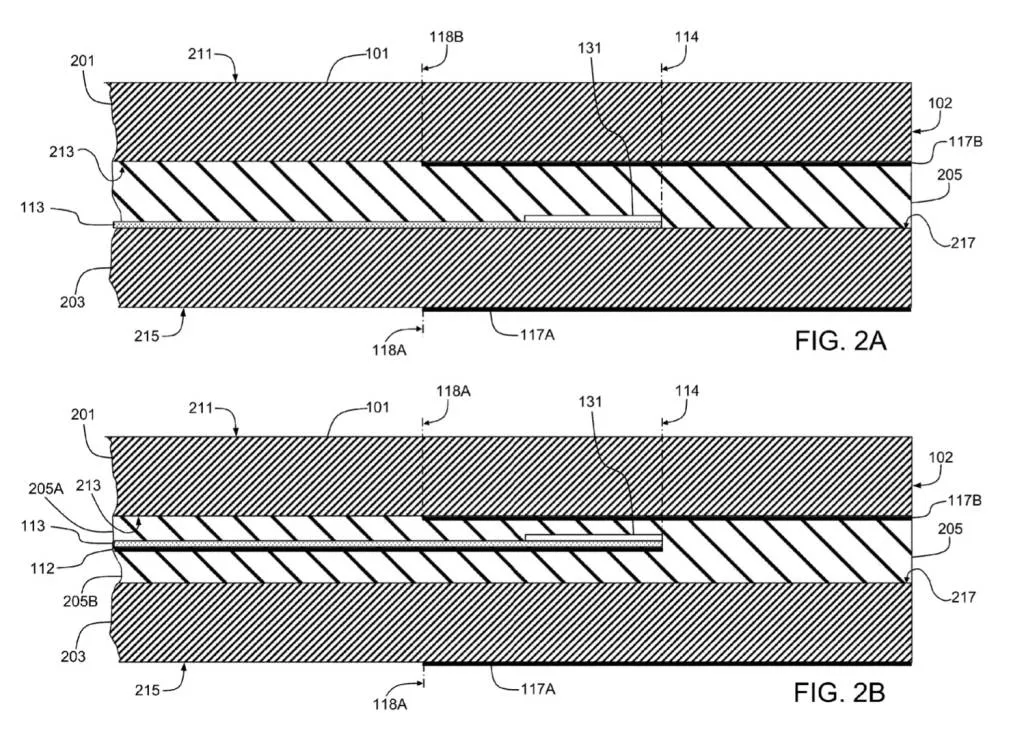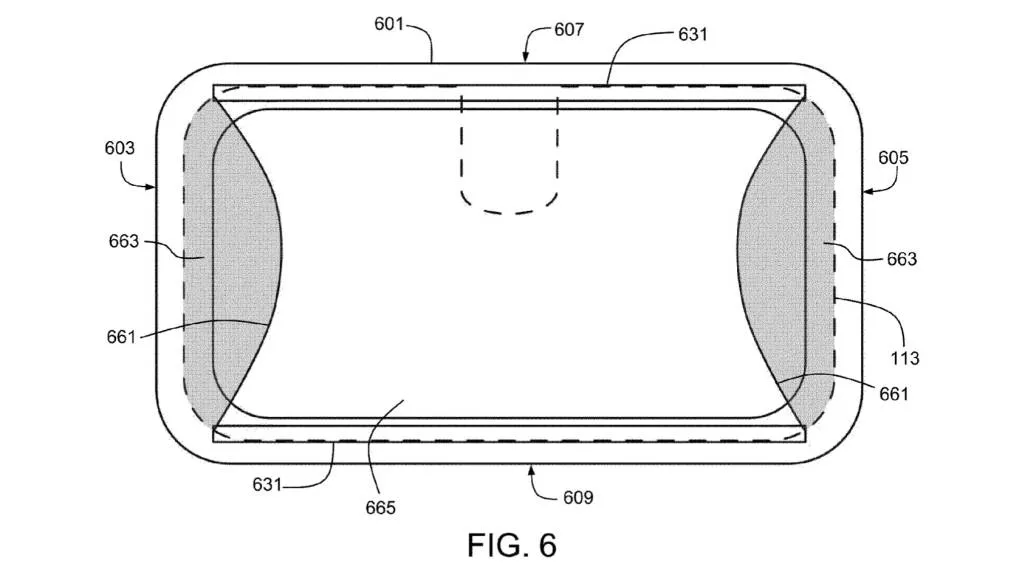General Motors believes EVs could help improve the humble heated windshield.
In a patent application published by the United States Patent and Trademark Office (USPTO) on July 13, 2023 (and originally filed Jan. 12, 2022), GM describes a more sophisticated heated windshield design that would use embedded elements and draw power from an EV's battery pack to remove ice, mist, and other obstructions to vision.

General Motors heated windshield patent image
Windshield heating is mostly done by blowing hot air onto the windshield from internal vents. As with heating systems used to warm vehicle cabins, that heat can come from an internal-combustion engine or, in an EV, a heat pump or resistance heater. Regardless of the heat source, this method works relatively slowly, initially clearing only small areas where the heated air first hits the windshield and working out, GM notes.
Embedding electrically conductive elements in the windshield can heat the surface more evenly, because these elements can be spread across the surface. Unlike the defrosting grids used on rear windows, it wouldn't limit visibility, GM claims. But according to GM, the limited power available from 12-volt AC automotive accessory electrical systems—the typical source of electricity in an internal-combustion car—would limit the effectiveness of such a system.

General Motors heated windshield patent image
GM's solution is to use DC current, which is produced by an EV's battery pack. According to the patent application, the current would be fed through bus bars to a layer of conductive material applied to the surface of a piece of glass. Windshields are generally made with laminated glass, comprised of multiple layers, allowing the coated surface to be sandwiched between layers and radiate heat outward to them.
Patented ideas don't always make it to production, but a heated windshield like this could be useful not only for improving visibility in wintry conditions, but also potentially for improving EV cold-weather range. Direct heating with heated seats—and even heated seat belts—is thought to be more efficient than blowing warm air for heating vehicle cabins. Perhaps that principle will also work for windshields.